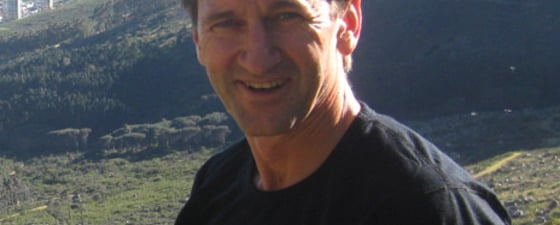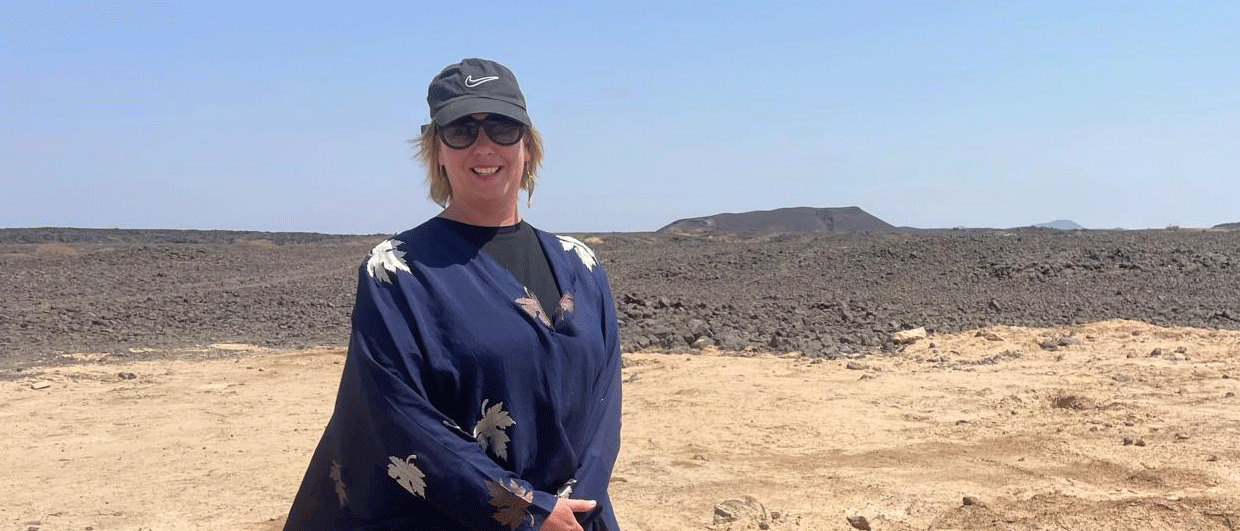What motivated you to produce a documentary on global energy?
When being interviewed for a PBS documentary a couple of years ago, the producer-director encouraged me to reach a broader audience and emphasized the need for a balanced documentary on energy. I have been speaking about energy issues for so many years and this project is really a passion; my “book”, if you will.
What is the central purpose of this film?
Educating the public about the realities of energy so that they can participate in the solution and make informed, wise energy decisions about the way they live, the products they buy, and the policies they vote for – which in turn will help enable a secure energy future for all.
What is our energy bridge to the future?
Economic prosperity allows for environmental investment. Both depend on secure energy, which means available, affordable, reliable and clean. Today, fossil fuels represent 87% of our energy consumption, and because coal, natural gas and even oil are still relatively abundant and offer high energy density, they will be around for a while. The key is to stabilize the supply of fossil fuels and use it more efficiently and cleanly as a stable foundation in the bridge to the alternative energy future. This film and companion website will educate the public about the transition from fossil fuels to alternatives: how long it will take; what it will look like; what choices will make this transition a smooth and gradual success; and which good intentions could have the opposite effect.
What will be our biggest challenge along in the way?
We use energy for transport, heating, and electricity. Transportation fuels are liquid and come mostly from conventional oil. That lack of diversity offers the biggest challenge. A great opportunity lies in the electrical sector, which is a much more diverse portfolio of fuels including coal, natural gas, nuclear, hydro, wind, solar, geothermal, waves, tides and more. Diversity is good; it is secure.
How do you hope to convey this to the public?
The film will travel to the premiere energy production sites worldwide and take us right inside the major facilities across all energy sectors. We have interviewed CEOs of leading energy companies, high ranking government officials, academic leaders and globally recognized energy experts. They will be linked together with scenes that introduce energy issues relevant to every viewer, made clear through unexpected visuals and stories.
Of the CEO’s, presidents, ministers, scientists, and engineers from all over the world, what insights toward world energy have you learned from these interviews so far?
Three things stand out. One is energy efficiency. Everyone agrees we waste far too much of our resources. A second is that nations and states are going to use the energy that they have, be it nuclear, wind, coal, and beyond. For better or worse, this is still driven largely by economics. Finally, the scale of energy demand is unfathomable. To meet the demand it will take tremendous infrastructure, materials and investment. The challenge is to be able to move energy from the source of the fuel to the end user.
Any big surprises?
Geothermal surprised me; I see interesting potential here. I think the viewer will be surprised by the magnitude of the natural gas resource, particularly unconventional and be amazed by the rapid growth in wind.
Just what does our energy future look like?
I am very optimistic. We have vast, diverse energy resources available to us. We are facing increasing demand, mostly because there are more people and developing nations using more energy. Energy of the future can be different from that of the past if we become broadly educated; people are capable of remarkable invention and have a great ability to adapt and change.





